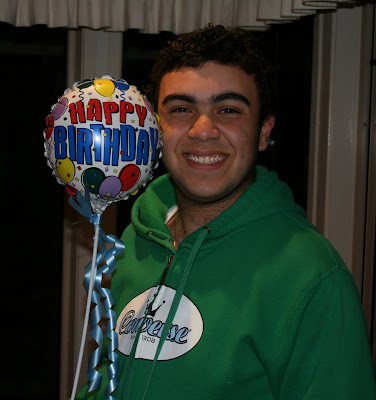 Image courtesy of http://www.sciencecentric.com/images/news/plastic_brain_300_400.jpg
Image courtesy of http://www.sciencecentric.com/images/news/plastic_brain_300_400.jpgBackground: Brain plasticity (also referred to as neuroplasticity, cortical plasticity or cortical re-mapping) is the changing of our brain cells (neurons) and their organization. Our brains ability to be altered in this way by environmental stimulation is at its strongest during infancy. Prior to the 20th century, it was thought that most areas of the adult brain were fixed and incapable of change.
How: In the 1990's researchers from the University of Kansas demonstrated that spider monkeys, who had suffered a stroke (and resultant death of a cluster of brain cells and partial loss of body function) could be made to repeatedly extract food from a small container using their non-functioning hand. This showed that even adult brains were capable of re-wiring themselves. In other words healthy brain cells could bypass the dead cells and make new connections with other healthy neurons. That is, brain plasticity, which could be physically proven by brain dissection after death of the animal.
More info: Proving this same level of brain plasticity in humans has been difficult as you can't exactly dissect a living human. However, recent advances in brain imaging has meant that there is mounting evidence for human brain plasticity. Intensive, repetitive exercise to the non-functioning body part is accompanied by brain re-mapping.
In a recent study seven patients, blind in part of their visual field as a result of stroke, were asked to guess the direction in which a small dot was moving with an accompanying chime if they guessed correctly. The patients guessed that they had seen the dot all the while convinced that they indeed did not see it. Initially they guessed correctly 50% of the time but after weeks of training this increased to 80-90%. The signals reaching the brain are possibly bypassing the damaged brain cells and taking visual information to higher visual centres in the brain. Intensive training would be aimed at expanding and stimulating the re-routing of brain pathways.
This is such exciting news considering how devastating stroke is on the sufferer and their families. Let us hope that this research continues so that all stroke patients can have a chance of recovery.
References:
Science 1996; 272:1791-94.
Journal of Neuroscience 2009; 29:3981-91.




